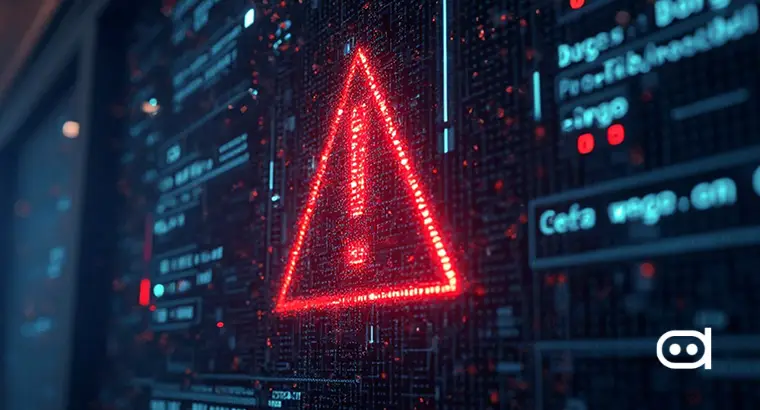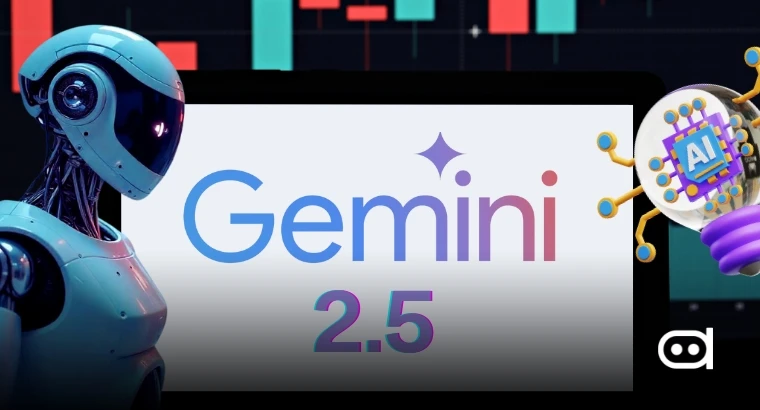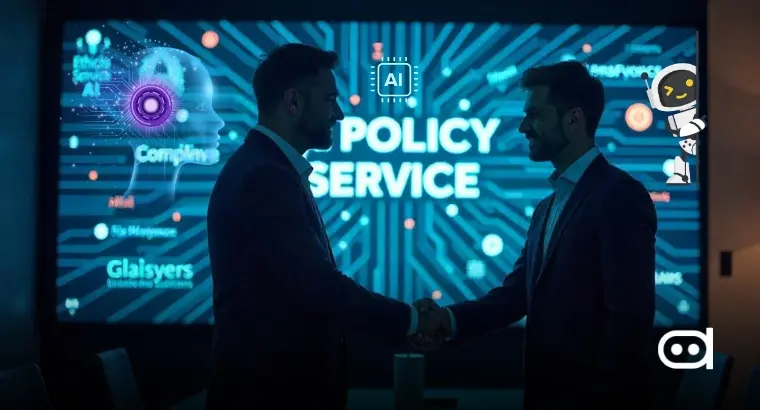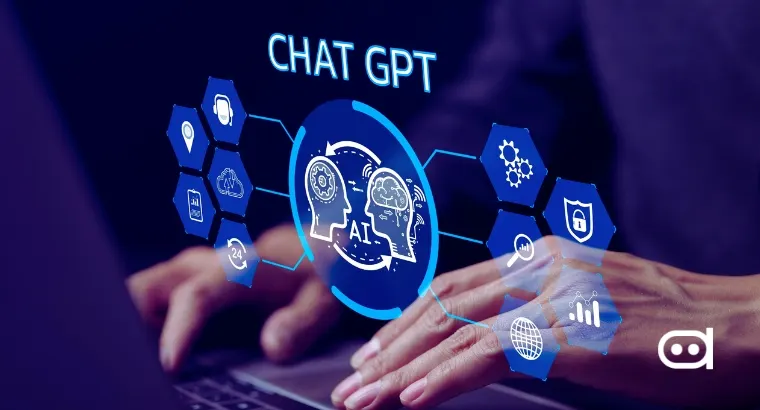
Artificial intelligence, or AI, has emerged as a double-edged sword. This is for two reasons: it serves the world but also brings vulnerabilities that can be exploited easily. While the level of ease has considerably come down, vulnerabilities remain consistent throughout the world, leaving organizations wondering if they are secure in the hands of AI tools.
It looks gloomy, but it is also important to understand that every technology has its say on both sides. The internet connects people but also allows hackers to steal information and funds, for example.
The rise of AI-powered threats
An initial emphasis on AI-powered threats illustrates how vulnerable organizations can be in the modern era. AI can also be utilized to fuel efforts in phishing attacks or the transfer of malware files. An employee using third-party software often loses track of reality and permits with little to no knowledge about the outcome.
Alternatively, a direct attack powered by AI is possible, eliminating the involvement of employees. A recent study concluded that 74% of respondents agreed that AI-powered cyber threats greatly impact their organizations. This included 1,800 participants with diverse backgrounds: security leaders, CISOs, practitioners, and administrators. A reason why these threats often go undetected is because they are powered by AI, leaving fewer traces of being malicious.
AI’s double-edged sword
Artificial intelligence is aware of the risk, and it could be updated to make itself better now. Another way to say this is that the teams are constantly working to back their AI models after studying the trends in cyber threats. For instance, analysis techniques and predictive algorithms help authorities define a pattern and prevent cyber crimes from happening in the future. It extends to every other type of crime.
Purple AI is a unique AI-powered cyber defense solution that streamlines and improves security operations. SentinelOne’s Purple AI uses natural language processing and generative models to enable analysts to engage with threat intelligence and security data more naturally and effectively.
Experts from the industry have hailed AI, too. They have said that AI is bringing a set of more talented professionals who make up an army equipped to deal with cyberattacks. Some organizations have already taken steps to avoid facing attacks in the initial stage of implementation. The study by DarkTrace concluded that 71% of organizations were confident about the steps to avoiding attacks.
Challenges and risks
Challenges and risks stem from the fact that more needs to be known about the types of AI. Therefore, keeping organizations in the dark with less information about what they have done is sufficient. Challenges and risks broadly cover losing customer data, unauthorized use of the platform, and misallocating resources.
It is imperative to organize sessions for user education and vendor transparency. Instilling a sense of awareness with every possible piece of information about AI is the groundwork for enhancing security.
How businesses can stay ahead
The objective must be to anticipate the kinds of threats that may come their way. For instance, if a face-scanning model is applied to a platform that, let’s say, sells sunglasses, the team cannot choose to ignore the fact that it is hard to take advantage of a vulnerability. They can end up giving access to a malicious actor, who would ultimately accumulate that data to train a face-recognition model.
Multi-factor authentication and other similar measures can help.
The future of AI in cybersecurity
AI-powered threats can be tackled mainly with AI-powered defenders. Stay informed and adapt to the ongoing trends. AI practitioners can simultaneously choose to host bug bounty programs, intentionally granting access to the code and seeing how it can be exploited. Winners take home a prize based on the level of threats they detect.
Conclusion
Artificial intelligence is in the middle of the discussion, and everyone wants to know if it is here to kill jobs or make them. On the sidelines is cybersecurity, which slowly and steadily understands its pros and cons to develop a safeguard for the future. Organizations will have to choose to anticipate what the evolving technological landscape can lead to.









